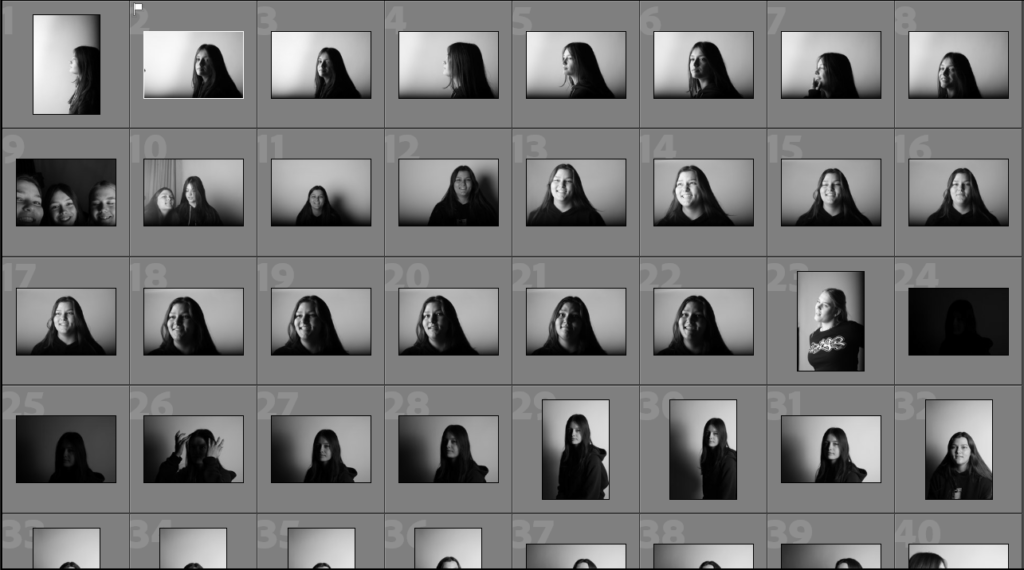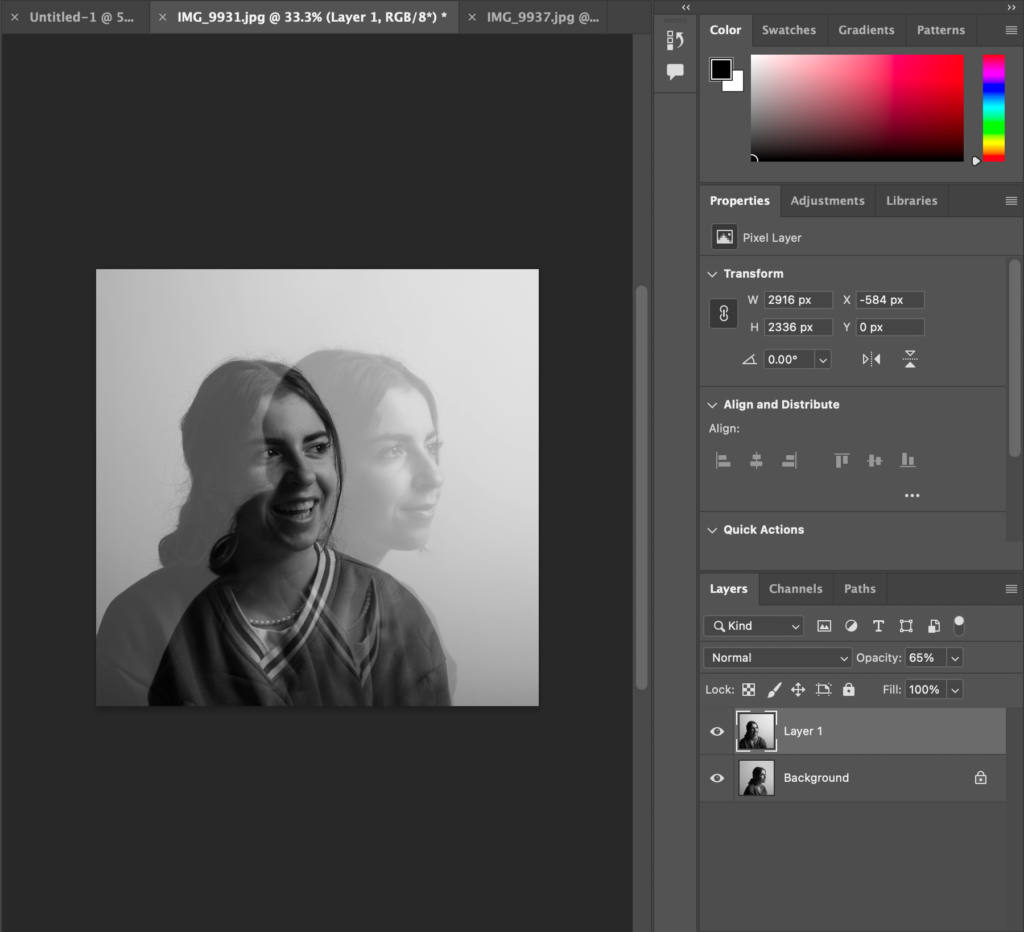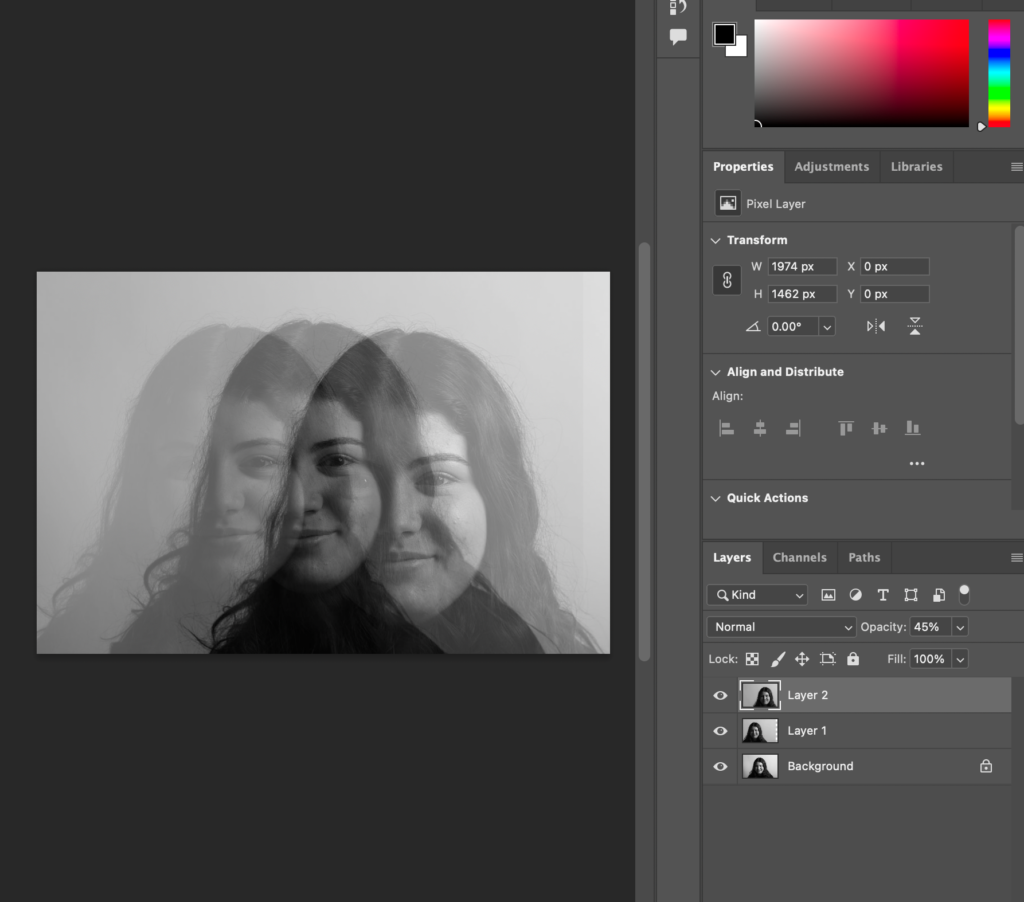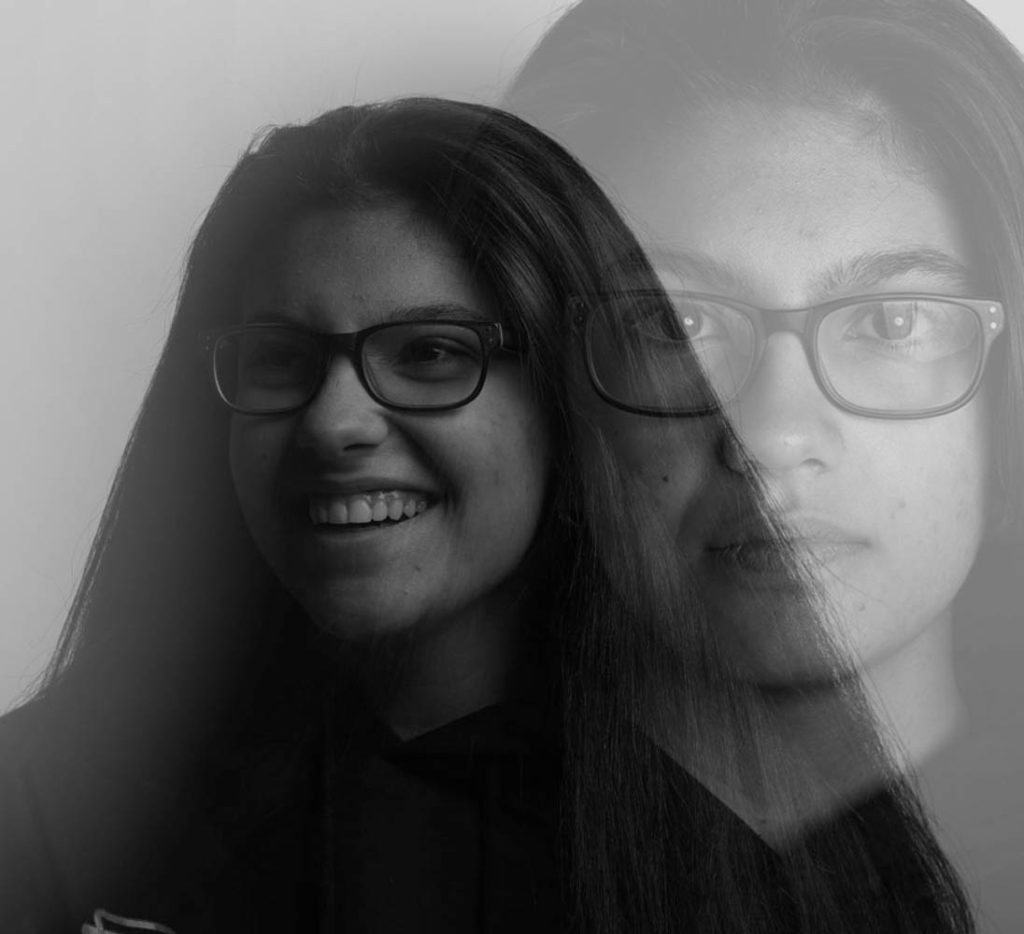A multiple exposure photograph is a type of photo that is created by exposing the same frame of film to light two or more times. Harking back to the days of early film cameras, this allowed the photographer to superimpose one image over another, creating a ghostly image that showed two scenes at once.
Alexander Rodchenko
Alexander Rodchenko was known for his politically motivated photography, posters, paintings, and sculpture. “The avant-garde of Communist culture is obligated to show how and what needs to be photographed,” he said of the medium. “What to shoot—is something every photo group knows but how to shoot—only a few know.” An early influence came from Kazimir Malevich, whose Suprematist style contributed to Rodchenko’s adoption of an austere aesthetic and use of materials.
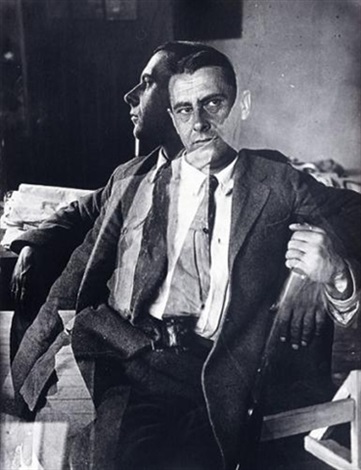
Rodchenko was one of the most versatile Constructivist and productivist artists to emerge after the Russian Revolution. He worked as a painter and graphic designer before turning to photomontage and photography. His photography was socially engaged, formally innovative, and opposed to a painterly aesthetic. Concerned with the need for analytical-documentary photo series, he often shot his subjects from odd angles—usually high above or down below—to shock the viewer and to postpone recognition. He wrote: “One has to take several different shots of a subject, from different points of view and in different situations, as if one examined it in the round rather than looked through the same keyhole again and again.”
Contact Sheets
These are some of the photos from our photo shoot, they are portraits of me and my friends with different emotions, they were taken from different angles and with different lighting to try and find what works for each person.
Editing
While editing I used both Lightroom and photoshop, in Lightroom I adjusted both the exposure and contrast as some of the photos were overexposure due to the lighting. I moved the pictures to photoshop where I layered images and reduced the opacity so that you could see the different layers which created a ghostly effect. On the right, I have used the same three images but have moved two away from the centre but are still overlapping whereas on the left I have used two different images which give two angles of the model instead of just the one.
Final Images
These are the final four images that I have chosen because I think that they all have unique differences which make them eye-catching. I like the bottom image because of the pink tint as it stands out against the three black and white images, I also like how you can see the multi-exposure and her face clearly which makes the photo captivating. The top right and left photos are similar as they have two exposures, one of the models smiling/laughing and one of them with serious/blank features. The two contrasting emotions allow the viewer to see two sides of the model all in one photo, the photo on the left I also like how the black expression is bigger but still seems to be in the background of the photos while the laughing on is seen as in front.







